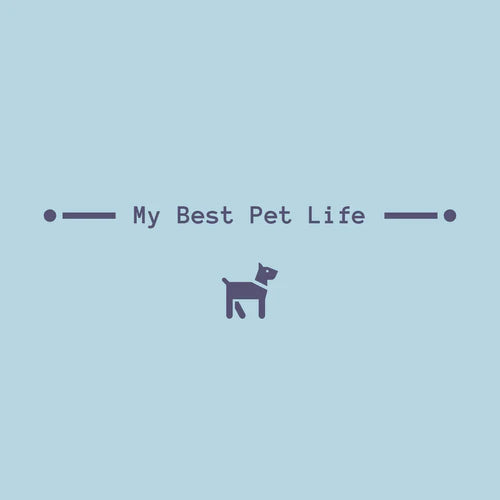Our dog Winnie just went through CCL surgery on 12/22/23.
Here comes the difficult part.
Therapy for 2 months plus a lifetime of supplements to enhance her healthy living.
At www.mybestpetlife.com purchase many products that help your dogs or cats remain healthy with the best life.
It's day 5 and Winnie is doing great. We sent photos of her leg to her doctor to ensure she was healing well and so far, so good. Keeping her inactive is difficult including carrying her up the stair to avoid extra stress on her leg.
After an CCL (cranial cruciate ligament) surgery, also known as TPLO (tibial plateau leveling osteotomy) or other surgical procedures, it's crucial to follow a rehabilitation plan to help your dog recover successfully. Here are some general recommendations:
-
Rest and Limited Activity:
- Follow your veterinarian's instructions regarding post-surgery activity restrictions. Usually, a period of strict rest is required to allow the surgical site to heal.
-
Physical Rehabilitation Exercises:
- Work with a veterinary physical therapist or under the guidance of your veterinarian to incorporate appropriate rehabilitation exercises. These exercises can help improve range of motion, strength, and flexibility.
- Controlled leash walking is usually recommended to prevent excessive strain on the surgical leg.
-
Joint Supplements:
- Consult with your veterinarian about the use of joint supplements such as glucosamine and chondroitin. These supplements may help support joint health and reduce the risk of arthritis.
-
Pain Management:
- Administer any prescribed pain medications as directed by your veterinarian. It's important to manage pain to ensure the dog is comfortable during the recovery process.
-
Weight Management:
- Maintain a healthy weight for your dog to reduce stress on the joints. Excess weight can contribute to the development of joint issues and slow down the recovery process.
-
Hydrotherapy:
- Some dogs benefit from hydrotherapy, such as swimming, to provide low-impact exercise. Water buoyancy can support the dog's weight and reduce stress on the surgical leg.
-
Follow-Up Veterinary Visits:
- Attend all follow-up appointments with your veterinarian to monitor your dog's progress. They can make adjustments to the rehabilitation plan based on your dog's individual needs.
-
Environmental Modifications:
- Make adjustments to your home environment to reduce the risk of slips and falls. Provide non-slip surfaces and consider using ramps to help your dog navigate stairs.
Always follow your veterinarian's advice and recommendations for your dog's specific case. The rehabilitation process can vary depending on the type of surgery performed, the dog's size and age, and other individual factors. Regular communication with your veterinarian will ensure that your dog receives the best care and support throughout the recovery period.

